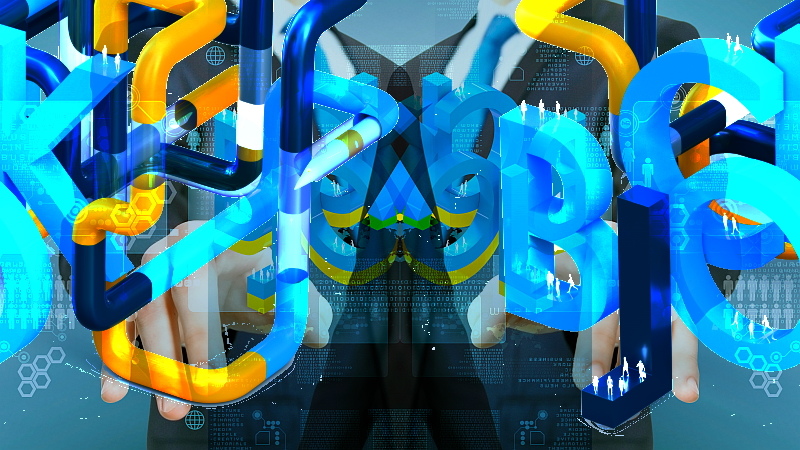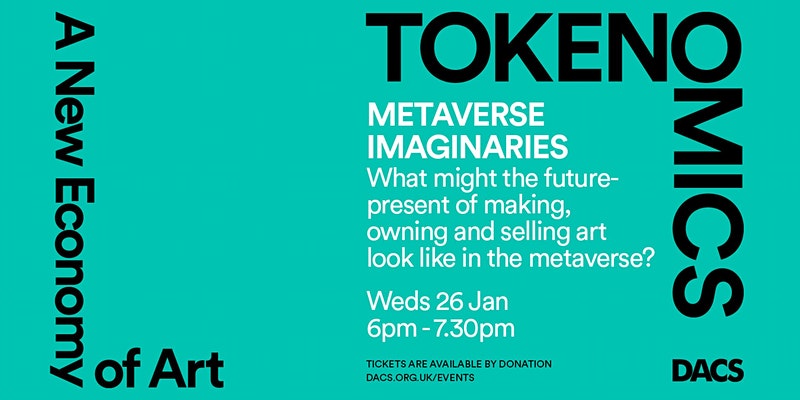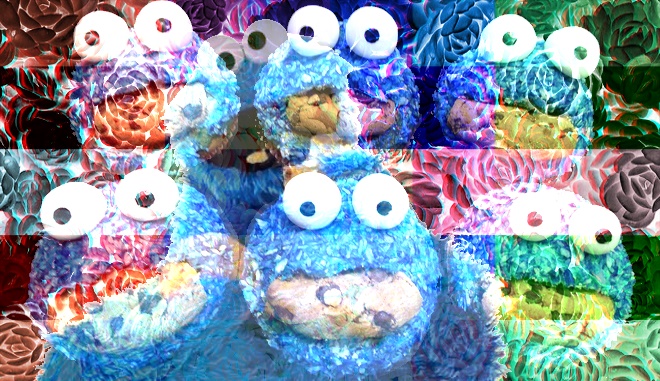Some words about blockchain technology and arts.
2019-09-23 16:05:27
My idea for the grey-paper was describe how to create a full lifetime support chain for
virtual, digital, media to physical art with all in between and mixtures. Meanwhile I tested
some implementations.
Yet the first finding is, no current implementation has this wide range.
There a digital galleries for digital artworks of some specific medias, but they
do not have an API interface for uploads. One has to do this manually.
Other solutions allows to sign your physical artwork with a RFID blockchain token,
but this solution does not work for digital arts.
Again one may find twitter like stuff, good to promote ones artworks and earn a little money,
but this social pubsub network has no API again and is missing the gallery.
Something I already tried and welcome is a notary solution. The do have an API.
All solutions are missing a documentation part. How one has made it, the possibility of
reconstruction here by.
Those implementations call themself democratic for the reason of an alternative access to the
market, or as someone has called it: "An alternative value chain". This is the same old money
chain just with new money and a new implementation.
Backward stability is not given and therefore no long lifetime support.
Some of the things we desperately need to trust in a promise, especially since
we get older and older. So I am not talking about something like 20 or 50 years support,
I actually talk about 100 years plus. Just imagine how long institutions like Sotheby's or
Christies do exists, or certain "national" collections and museums like the Louvre or the Uffizi.
For what I want to do is exactly this. Establish a cultural blockchain with long life support,
documentation of the making of, the whereabouts, exhibitions, the ownerships, contracts and
the licencing development and finally some additional stuff I haven't thought about.
On the technical side, either the implementations do or do not support signing documents. Most of
them are broken due technical changes. For example Ethereum:
With ERC20 and ERC271 you should have both, support for money and document based blockchain.
You will find a lot of examples for galleries or Cryptokitties like collection gaming. All from
2018 or earlier, none from now a days. In the end of the year 2018 Solidity, the language
blockchain contracts for Ethereum are written in, has been upgraded from version 0.4.x to 0.5.x,
introducing on going braking chances. None of the 2018 examples do work anymore.
They do not compile.
They are not easy to fix, if at all, because one would need intimate knowledge of the API,
how things changed, what are the new paradigms or how they have been replaced, if.
The ease of access to knowledge is important to build trust.
What I found, was many larger players instead. Exclusive networks and tools, which handle the
access to other players in the market. Wasn't the idea of blockchain to be decentralised?
Isn't that the reason to build decentralised apps?
Should servers be decentralised, too, shouldn't they?
Open, stable, well documented APIs, decentralised public always and almost on servers and d-apps
are the solution, but not door keeping networks with proprietary implementations.
You can find my current version of my blockchain grey-paper at https://lieschen.art/Blockchain-Greypaper
virtual, digital, media to physical art with all in between and mixtures. Meanwhile I tested
some implementations.
Yet the first finding is, no current implementation has this wide range.
There a digital galleries for digital artworks of some specific medias, but they
do not have an API interface for uploads. One has to do this manually.
Other solutions allows to sign your physical artwork with a RFID blockchain token,
but this solution does not work for digital arts.
Again one may find twitter like stuff, good to promote ones artworks and earn a little money,
but this social pubsub network has no API again and is missing the gallery.
Something I already tried and welcome is a notary solution. The do have an API.
All solutions are missing a documentation part. How one has made it, the possibility of
reconstruction here by.
Those implementations call themself democratic for the reason of an alternative access to the
market, or as someone has called it: "An alternative value chain". This is the same old money
chain just with new money and a new implementation.
Backward stability is not given and therefore no long lifetime support.
Some of the things we desperately need to trust in a promise, especially since
we get older and older. So I am not talking about something like 20 or 50 years support,
I actually talk about 100 years plus. Just imagine how long institutions like Sotheby's or
Christies do exists, or certain "national" collections and museums like the Louvre or the Uffizi.
For what I want to do is exactly this. Establish a cultural blockchain with long life support,
documentation of the making of, the whereabouts, exhibitions, the ownerships, contracts and
the licencing development and finally some additional stuff I haven't thought about.
On the technical side, either the implementations do or do not support signing documents. Most of
them are broken due technical changes. For example Ethereum:
With ERC20 and ERC271 you should have both, support for money and document based blockchain.
You will find a lot of examples for galleries or Cryptokitties like collection gaming. All from
2018 or earlier, none from now a days. In the end of the year 2018 Solidity, the language
blockchain contracts for Ethereum are written in, has been upgraded from version 0.4.x to 0.5.x,
introducing on going braking chances. None of the 2018 examples do work anymore.
They do not compile.
They are not easy to fix, if at all, because one would need intimate knowledge of the API,
how things changed, what are the new paradigms or how they have been replaced, if.
The ease of access to knowledge is important to build trust.
What I found, was many larger players instead. Exclusive networks and tools, which handle the
access to other players in the market. Wasn't the idea of blockchain to be decentralised?
Isn't that the reason to build decentralised apps?
Should servers be decentralised, too, shouldn't they?
Open, stable, well documented APIs, decentralised public always and almost on servers and d-apps
are the solution, but not door keeping networks with proprietary implementations.
You can find my current version of my blockchain grey-paper at https://lieschen.art/Blockchain-Greypaper



